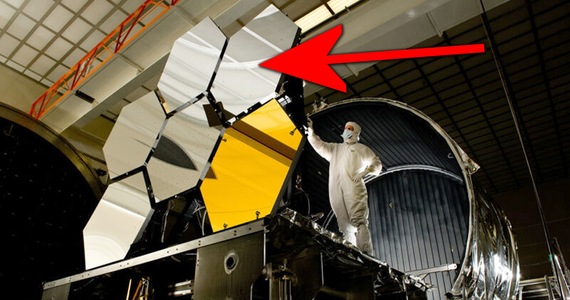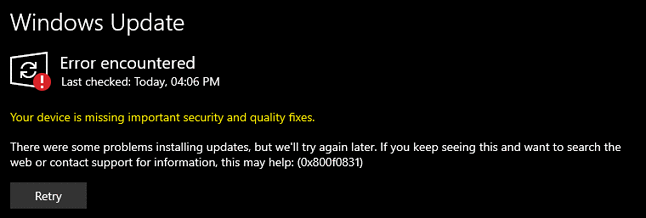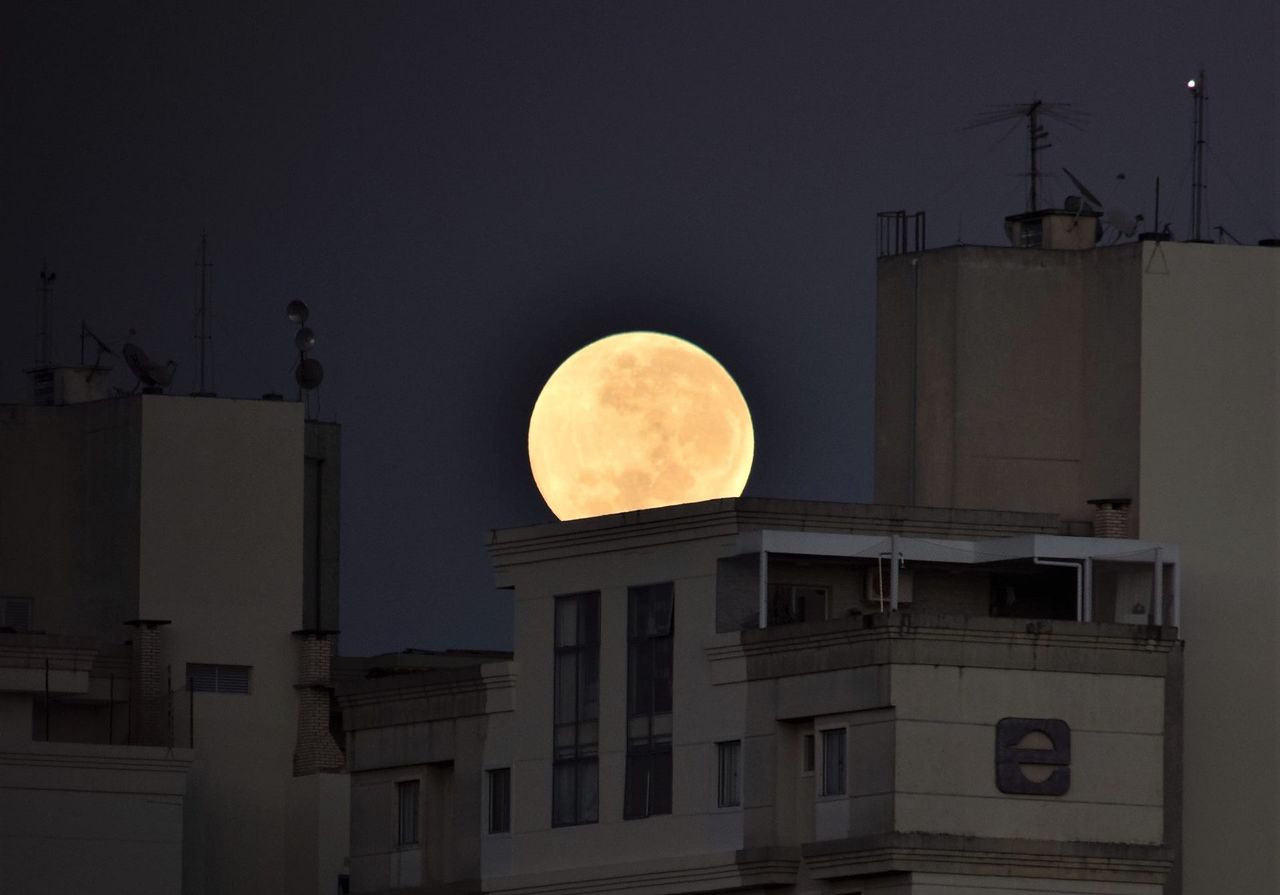Soon you will be able to see an unusual phenomenon in the sky with the naked eye – the conjunction of the Moon and Jupiter. what is he talking about? Do celestial bodies really come close to each other at such a short distance? When will it be possible to see this wonderful spectacle in the sky? We explain.
Contents:
What is the conjunction of the moon with Jupiter?
In astronomy, a conjunction is the “merging” of celestial bodies. In fact, they are very far apart, but when viewed from the perspective of an observer on Earth, they appear to be getting so close that they eventually almost merge at one point.
Conjunction occurs when both celestial bodies and their observer are on the same lineIt is called right ascension (which is one of the astronomical coordinates). Many conjunctions of objects in space occur every day, but not all of them can be seen from Earth. However, both the Moon and Jupiter are luminous objects, and the planet is currently visible in the sky with the naked eye, so it will be possible to monitor the phenomenon of conjunction of bodies without using any equipment.
Read also: Are you looking for free answers with explanations for textbooks? Discover the new educational website!
When is the conjunction of the Moon with Jupiter in 2024?
Moon conjunction with Jupiter It will be held on January 18. The Earth's satellite disk, which is more than half full, will then be illuminated. The observer should look for both objects above the southeastern horizon.
The Moon will become visible before dusk, and Jupiter around 4:30 p.m. From that point on, you will be able to observe objects approaching each other until 9:40 p.m. Then the maximum phenomenon will occur, and from our point of view the distance between the observed objects will be only 2.1 degrees. They will then move away from each other until they disappear behind the horizon around 1 a.m.
Read also: Meteorite and meteorite – what is the difference? The most interesting meteorites in Earth's history
Celestial phenomena in January 2024
January 2024 is full of interesting astronomical phenomena. On the third day of the month, the Earth reached perihelion, the point in its orbit closest to the sun. On the same night, the maximum of the Quadrantid meteor shower fell. This month is an exception Conjunction of the Moon and JupiterThere are also a number of other encounters between the Silver Globe and planets (although not all of them are visible to the naked eye):
- January 10 with Mars
- January 14 with Saturn,
- January 15 with Neptune
- January 19 with Uranus
- January 27 with Mercury.
On the 25th of the month, the moon will be full, and on the 29th, the closest approach of comet 62P/Tsochenshan to Earth will be observed through telescopes.
Source: pap.pl, urania.edu.pl, astronomia24.com, bryk.pl
Prepared by: Joanna Cwynar
You can find answers to exercises in physics textbooks here:
Physics – Solutions to exercises from the exercise book

“Prone to fits of apathy. Introvert. Award-winning internet evangelist. Extreme beer expert.”










